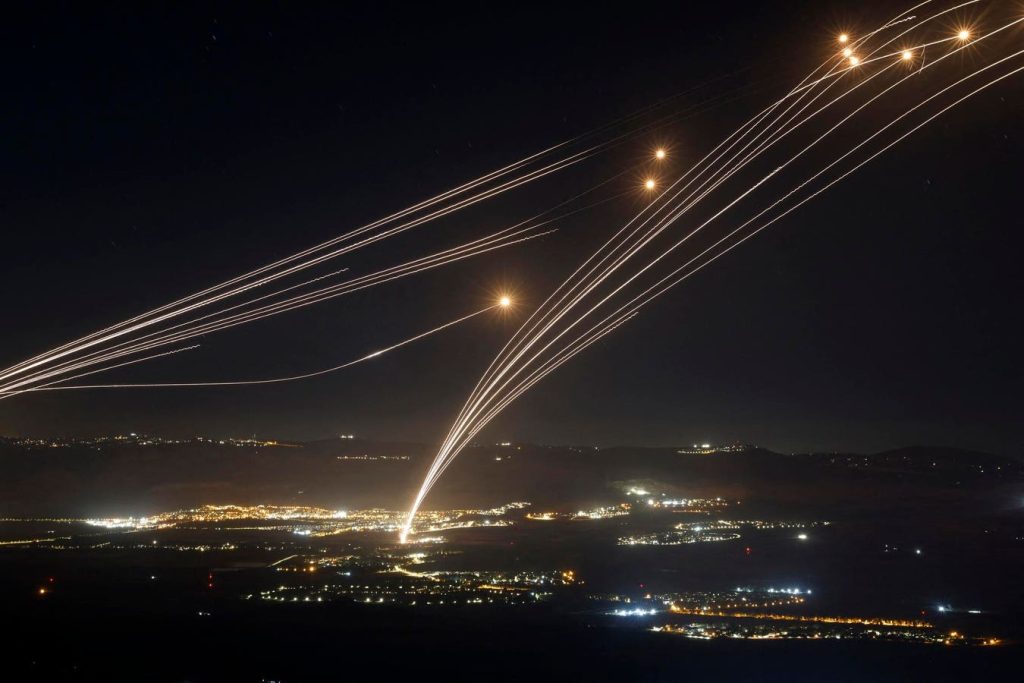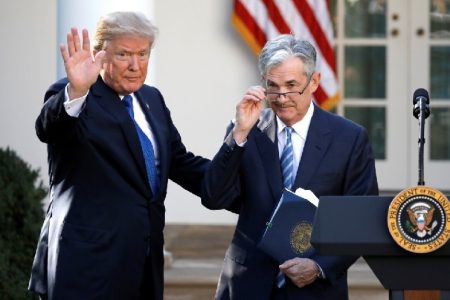Trump’s "Iron Dome for America" and the Revival of Reagan’s Vision: A New Era of Nuclear Disarmament?
The White House’s ambitious plan for a space-based missile defense system, dubbed "Iron Dome for America," has reignited discussions about nuclear disarmament, echoing President Reagan’s Strategic Defense Initiative (SDI). This executive order, envisioning a network of space-based interceptors capable of neutralizing incoming intercontinental ballistic missiles (ICBMs), draws inspiration from Reagan’s pursuit of a defensive shield against nuclear attacks. Some experts believe this initiative could potentially serve as a catalyst for renewed negotiations on nuclear arms reduction among major powers, mirroring Reagan’s dual approach of developing SDI while simultaneously engaging in disarmament talks with the Soviet Union.
President Reagan’s SDI, initially met with apprehension by the Soviet Union, was ultimately presented as a potential shared technology, a tool for global security rather than American dominance. This offer, coupled with Reagan’s proposition to dismantle both US and Soviet nuclear arsenals, aimed to render nuclear weapons obsolete. He envisioned a world free from the threat of nuclear annihilation, believing such weapons to be fundamentally immoral. Reagan’s strategy involved leveraging SDI as a bargaining chip, offering to share the technology with the Soviet Union in exchange for significant reductions in their nuclear stockpile.
The parallels between Reagan’s approach and President Trump’s recent actions are striking. Following his return to the presidency, Trump surprised many by revealing discussions with Russian President Vladimir Putin about nuclear arms reductions. These conversations, involving the potential inclusion of China, focused on the possibility of denuclearization, a goal Trump described as both desirable and achievable. The significant financial burden and catastrophic potential of nuclear weapons, he argued, necessitate a concerted effort towards disarmament.
Just days after these revelations, Trump unveiled the "Iron Dome for America" initiative, raising speculation about a potential link between the two seemingly disparate announcements. This move, echoing Reagan’s dual-track approach, suggests a potential strategy of using the proposed missile defense system as leverage in nuclear disarmament negotiations. By offering the prospect of shared defense technology, Trump could incentivize other nuclear powers to reduce their arsenals, potentially leading to a significant breakthrough in global security.
However, realizing this vision faces substantial challenges. Developing a functional space-based missile defense system presents numerous technological hurdles, including the sheer number of interceptors required and the extremely limited timeframe for intercepting missiles during their boost phase. Furthermore, such a system, if deployed unilaterally, could trigger a new arms race as other nations strive to maintain their deterrent capabilities. Experts argue that any successful space-based missile defense initiative must be accompanied by a commitment to sharing the technology with other nuclear powers willing to engage in disarmament.
The potential for President Trump to broker a significant nuclear arms control agreement or even achieve denuclearization carries profound implications for global peace and security. Such an accomplishment could reshape the international landscape and potentially earn him the Nobel Peace Prize, an ambition he has openly expressed. The urgency of this issue is underscored by the symbolic Doomsday Clock, which currently stands at a mere 89 seconds to midnight, reflecting the growing risk of nuclear conflict. Russia’s ongoing war in Ukraine, coupled with its nuclear rhetoric, has heightened global anxieties, emphasizing the need for decisive action to avert a potential catastrophe. The success of Trump’s "Iron Dome for America" as a tool for disarmament will depend not only on its technological feasibility but also on his ability to navigate complex geopolitical dynamics and build trust among nuclear powers. The world watches as this high-stakes game of nuclear diplomacy unfolds, with the fate of humanity hanging in the balance.













